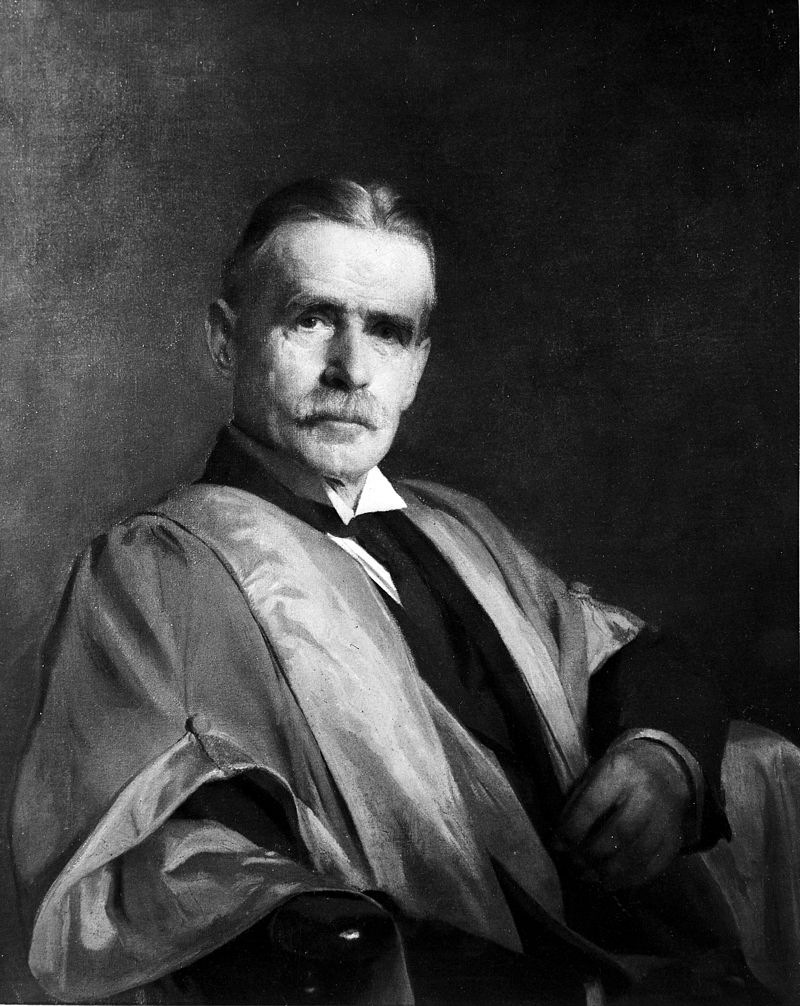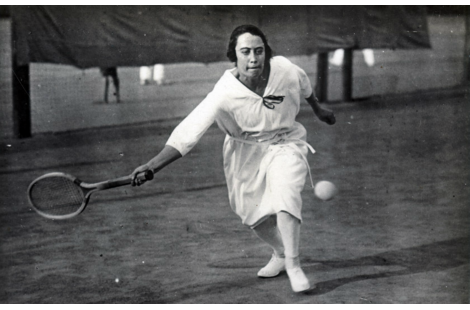I think it is safe to say that almost everyone has heard of Attention Deficit / Hyperactivity Disorder or ADHD. If you haven’t, then you may have heard of its predecessor term which we called just ADD. Today ADHD is defined by the American Psychiatric Association in their Diagnostic and Statistics Manual (DSM). Its presence in individuals is suspected if there are challenging difficulties with maintaining focus or attention and/or if having impulsive behaviors and hyperactive behaviors.

George Still, MD. British pediatrician in 1902 was convinced that ADHD syndromes were biological in nature and not due to upbringing or environment. Back then, they referred to the syndrome as minimal brain dysfunction, which wasn’t exactly catchy, so they changed it to ADD in the late 1980s. (Photo Credit Wiki.)
ADHD is a common mental health issue that we are seeing diagnosed more and more commonly. Typically, it occurs in 5% of children (mostly boys by a factor of 3x over girls) and 2.5% of adults as stated in the DSM, though the National Institute of Mental Health estimates from 4-12% of the population. When adults are diagnosed with ADHD, it is most likely because of it having been missed during childhood.
There are three types of ADHD diagnoses:
- The first is ADHD with inattention. This occurs when an individual has difficulty in a number of these things: focusing on details, staying on task, listening, following through on instructions, getting organized, avoiding having to focus hard, losing stuff, getting distracted easily or forgetfulness.
- The second type of ADHD is with both hyperactivity and impulsivity. This occurs when an individual: tends to fidget or squirms in their seat, leaves when expected to stay, is restless or jumpy, can’t stay quiet or play quietly, is on the go and driven like a motor, talks and talks, blurts things out, can’t wait in line or wait for their turn, and interrupts.
- The third type of ADHD is just a combination of the first two.
All three require a history of such difficulties since the age of 12. In addition, the difficulties occur across more than one setting (e.g. home, work, school, etc.). Also, the difficulties impact quality of life or functioning in those settings. Finally, the difficulties are not due to another mental health disorder.
Given that everyone has their challenges from time to time with inattention, impulsive behavior and hyperactivity, it is important to make a distinction between biological ADHD and other causes that do not warrant a diagnosis. (There is no blood test for ADHD like there is for say diabetes.)
For adults, I use a more detailed diagnostic instrument called the CAT-A (Clinical Assessment of Attention Deficit – Adult) which surveys both childhood and current/adult difficulties. If diagnosed with ADHD, one may consider any number of treatment options. One does not immediately need to turn to prescription medications, though one should also not feel bad as this is a viable option that is a lifesaver for many individuals.
Causation of ADHD is multi-faceted and there are individuals such as Dr. Daniel Amen (see his book, Healing ADD) who are using SPECT brain imaging scans to quantify ADHD into additional categories besides the three above. Amen has a number of corresponding treatment options for seven of his categories of ADHD.
Others such as Dr. Mark Hyman (see his book Ultramind Solution) lean more on removing toxins (e.g. processed foods, drugs, etc.) from the body and adding in whole-foods plant based diet with supplementation such as fish oil and magnesium. The pharmaceutical executive Roger Griggs who launched Adderall for example is developing Addivance as an alternative natural vitamin supplement to try first.
Besides diet and supplements, other still (such as WebMD) recommend that yoga and meditation be used (regardless of medication usage) in order to strengthen the pre-frontal cortex, which is the executive functioning area of the brain.
If one has tried diet, exercise, supplements, yoga and meditation and other alternative treatments, or even if you haven’t, then by all means consider prescription medication such as Adderall, Concerta, Vyvanse and many more. But do so wisely and under medical care, and with understanding that there are limited results, risks and side effects. Any cardiac abnormalities should be an additional concern with stimulant medications, hence it is a good idea to have a physical examination to be sure.

An early ADHD stimulant med was Ritalin. It was discovered by chemist Leandro Panizzon who modified an amphetamine. When he came upon the formula in the 50’s, he named it after his tennis playing wife Marguerite, or Rita.
I should also mention that you may wish to take a non-stimulating medication such as Guanfacine or Welbutrin. Again, educate yourself and talk to the doc!
Naturally, I am happy to provide coordination of care and referral letters with the CAT-A test report to your family doctor who can guide you through this process. I’m also happy to help in understanding mental strengthening, mindfulness and meditation.
Dallas Area Family Doctors
- Dr. Ronald Giometti, M.D., 972-394-9478 (Carrollton)
- Dr. David Lee, M.D. and Dr. Peter Triporo, M.D. 214-303-1033 (Dallas)
- Dr. Stockton Roberts 214-828-4702 (Dallas)
- Dr. Terry Watson, D.O., 214-221-8181 (Dallas)
- Dr. Randall Wooley, M.D., 972-284-7000 (Dallas)
- Dr. Paul Worrell, D.O., 214-349-4909 (Dallas)
- Dr. Aimee Wright, M.D. 972-424-3333 (Plano)
National and State Organizations
- ADDA – Attention Deficit Disorder Association
- ADD-SR – ADD Association Southern Region
- CHADD – Children and Adults with ADHD
- NAMA – National Institute of Mental Health
- TEA – Texas Education Agency Special Needs
Books
- Daniel Amen – Healing ADD
- Russell Barkley – Taking Charge of Adult ADHD
- David Greenwood – Overcoming Distractions
- Michael Reiff – ADHD: A Complete and Authoritative Guide
- Alan Scharz – ADHD Nation
Test Instrument for ADHD
- CAT-A Test Resource
Media
Schools – See my autism evaluation page for a list of schools that hopefully are helpful.
